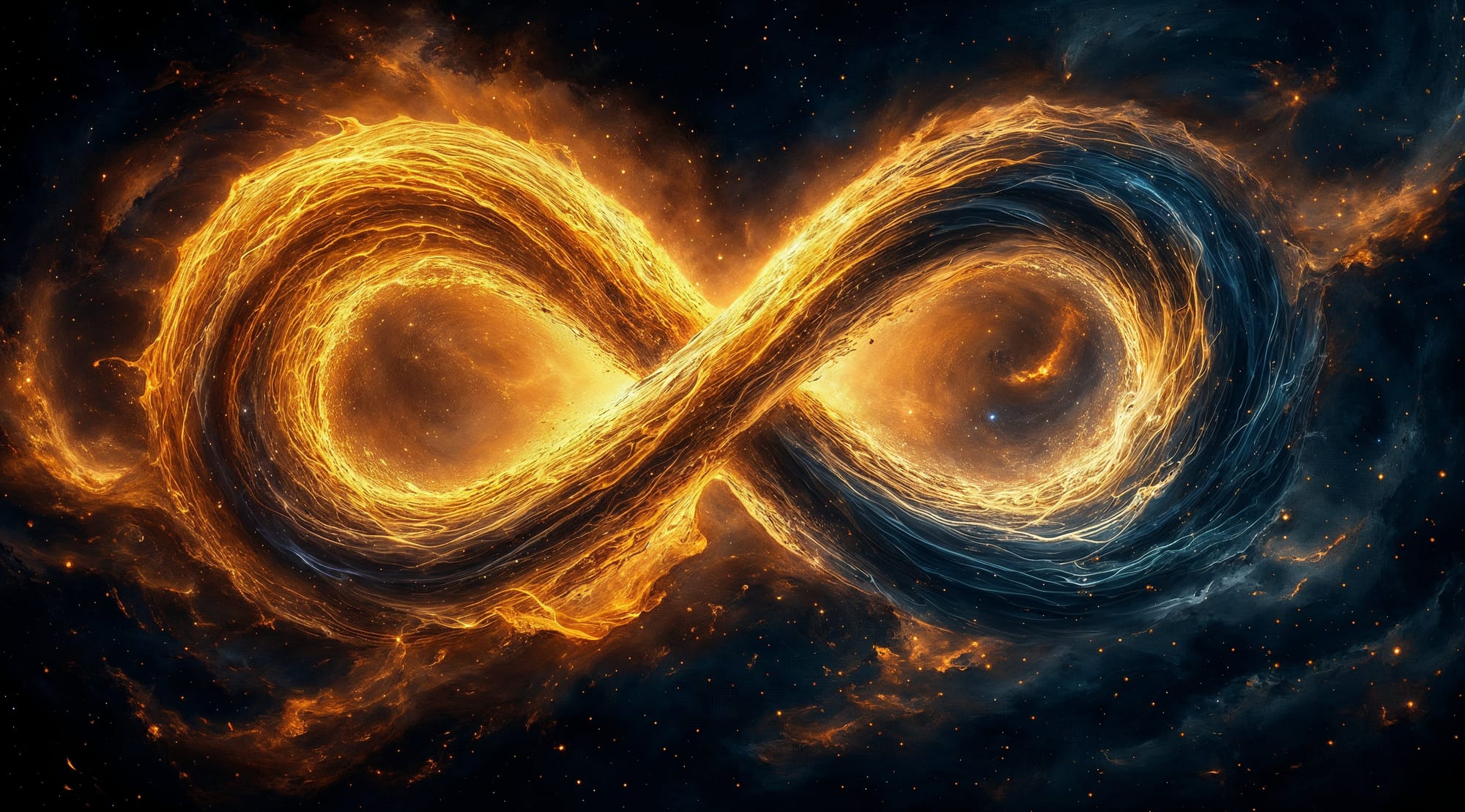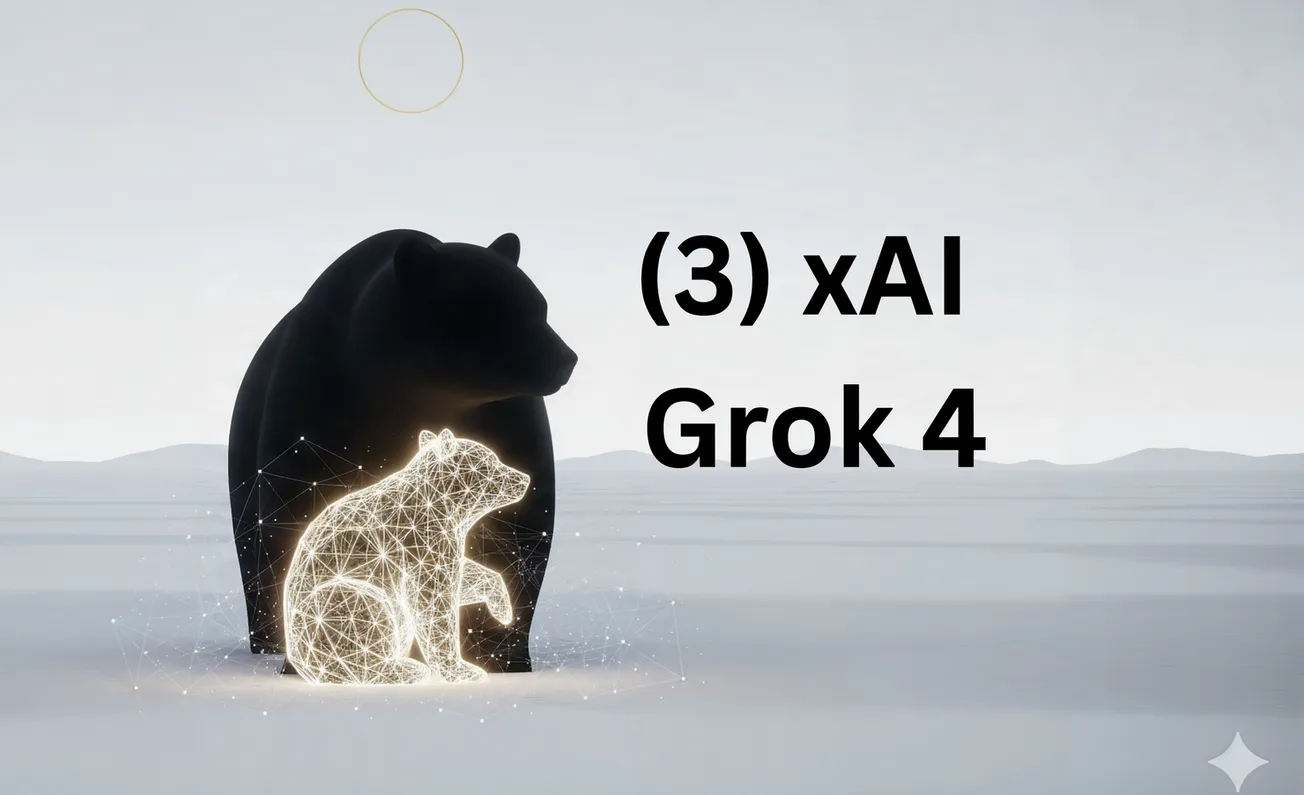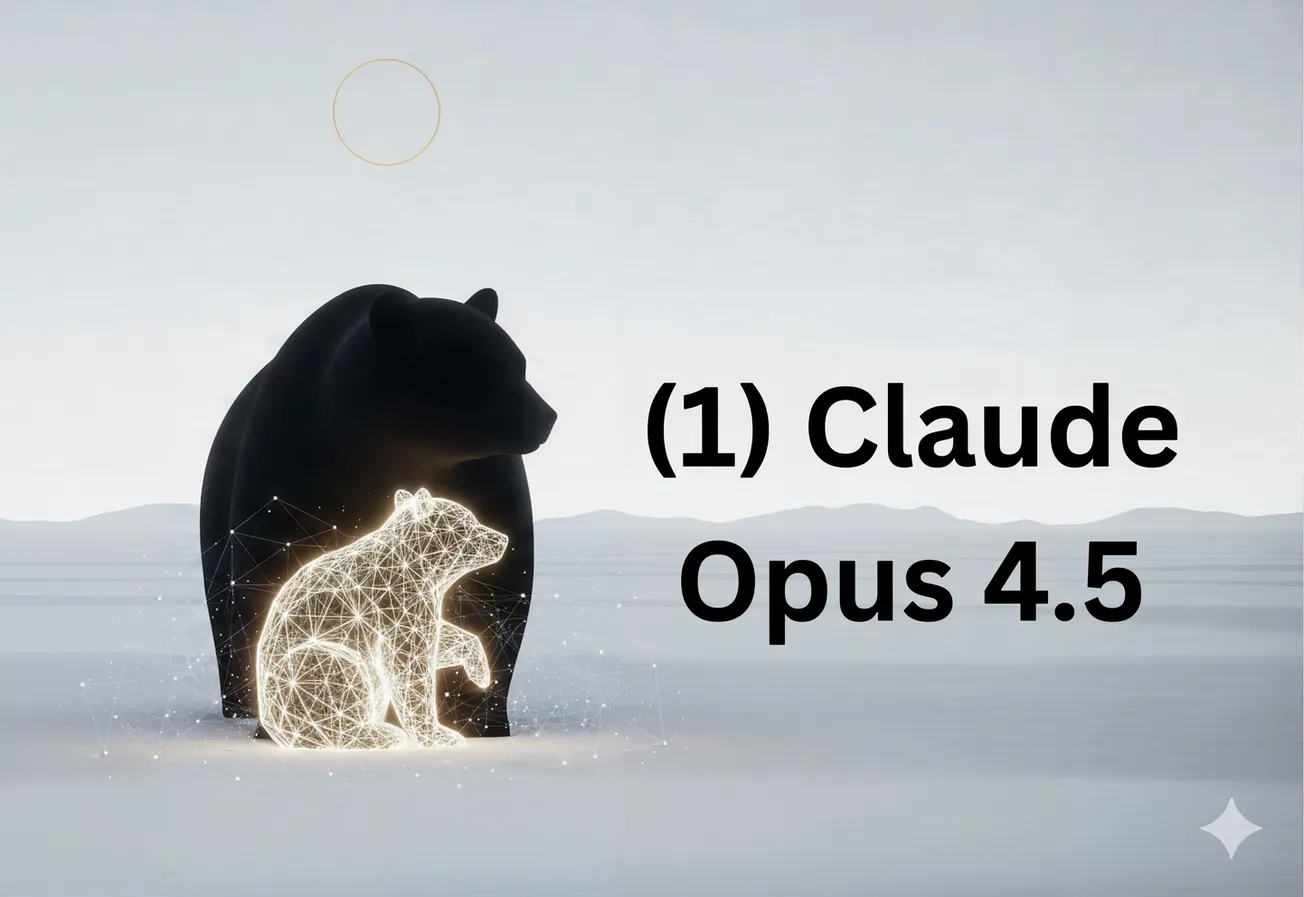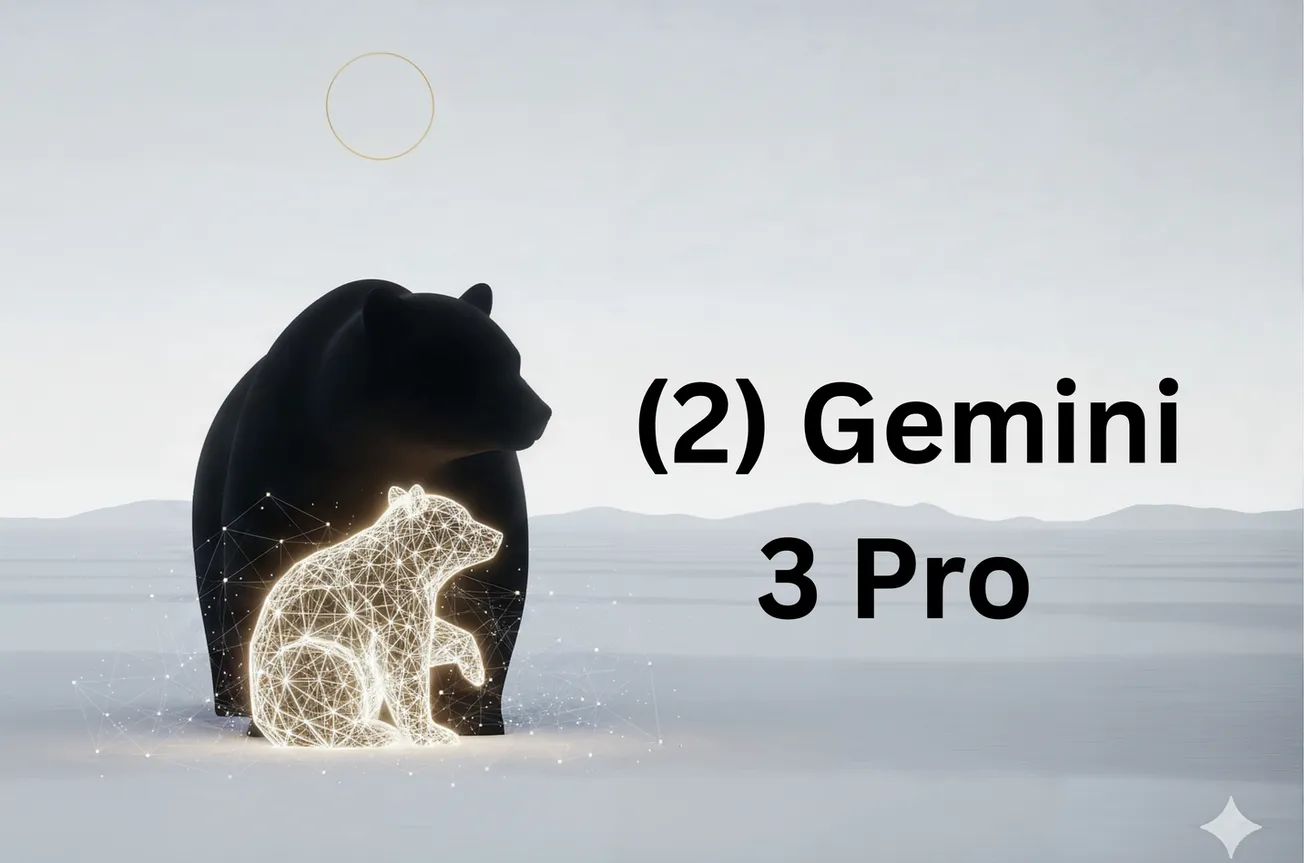Hey, imagine you're 15 again,
..sitting in math class, and your teacher drops this wild fact:
There's this crazy number called $(e^{\pi \sqrt{163}}$). It's made from e (that endless number about 2.718...), π (the circle constant, 3.14159...), and the square root of 163.
It should be some messy, never-ending decimal, right?
But nope—it's insanely close to a perfect whole number: 262,537,412,640,768,744.
Like, it misses by less than 8 parts in a trillion!
That's tinier than a speck of dust on a football field. Why is this such a big deal?
Let me break it down for you step by step, like we're chatting over video games,
so you get why it's one of the coolest "whoa" moments in math.
Why Is This So Mind-Blowingly Awesome?
Okay, picture math as a giant universe full of numbers. Most numbers are random and chaotic, like stars scattered everywhere.
But every once in a while, you find these hidden patterns that feel like the universe is winking at you.
This \(e^{\pi \sqrt{163}}\) thing is one of those—it's called an "almost integer," discovered by a genius named Srinivasa Ramanujan, who was this self-taught math wizard from India back in the early 1900s.
He noticed that for certain special numbers (like √163), plugging them into e raised to π times that square root gives something ridiculously close to a round number.
It's not just close; it's *freakishly* close, like the math gods lined everything up perfectly.
Here's what makes it magnificent:
It's a team-up of weird math worlds:
Think of "imaginary numbers" (like √-1, which we call i) as a parallel universe where negative squares make sense.
When you mix them with regular numbers, you get "imaginary quadratic fields"—basically, number systems built around √ of a negative number, like √-163.
For most of these, the rules for factoring (breaking numbers into primes) are messy and complicated. But for a tiny handful, including -163, everything is super clean and simple.
We measure that "simplicity" with something called the "class number," and for -163, it's 1—the best possible!
That means this number world behaves like our normal integers, where every number factors uniquely into primes. No drama, no extras.
The magic connector: The j-invariant
This is like a secret code or fingerprint for shapes called elliptic curves (fancy math loops that help solve big problems, like in cryptography for secure internet stuff).
The j-invariant is a function that takes a point in this imaginary world (like our τ = (1 + √-163)/2) and spits out a number.
Because the class number is 1, that j-value turns out to be a huge but exact integer: -(640,320)^3. And when you expand this j-function into a series (like a recipe with terms getting smaller and smaller), it reveals why \(e^{\pi \sqrt{163}}\) is so close to an integer.
The main part is that giant number plus 744, and the leftover "error" is tiny because of how big √163 is.
Why does this feel like a miracle?
In the vast ocean of numbers, transcendental ones like this (which aren't solutions to simple equations) usually don't get anywhere near integers.
But here, because of that perfect class number 1, the error is smaller than 10^{-12}—that's like guessing the exact number of grains of sand on a beach, missing by just one grain!
And get this: There are only 13 such special "class number 1" worlds in all of math (proven by smart folks like Gauss and others). 163 is the biggest one, so its approximation is the closest.
For smaller ones, like √3, it's only kinda close (like missing by 0.86, not exciting). For non-special ones, like √5, it's not close at all—the math doesn't line up that neatly.
So, this isn't just luck; it's a rare gem showing how deep math connections can create beauty out of chaos. It's like finding a hidden level in your favorite game that nobody else knows about.
How Do We Get That Cool Formula?
Alright, let's derive it like a puzzle, step by easy step. We start with that j-invariant identity:
\[
j\left( \frac{1 + \sqrt{-163}}{2} \right) = -(640320)^3.
\]
Call that fraction τ (it's like the "address" in the imaginary number map—half real, half imaginary, with the imaginary part being √163/2, which is positive and big).
The j-function has this expansion, like a infinite recipe:
\[
j(\tau) = \frac{1}{q} + 744 + 196884 q + 21493760 q^2 + 864299970 q^3 + \cdots,
\]
where q = e^{2π i τ}. (e is the base, 2π i is like a twist with imaginary units.)
First, figure out q:
τ = 1/2 + (√163/2) i,
so 2π i τ = π i - π √163 (the i squared becomes -1).
Then q = e^{π i - π √163} = - e^{-π √163} (since e^{π i} = -1).
So, 1/q = - e^{π √163} (flip it).
Plug into the expansion:
\[
j(\tau) = -e^{\pi \sqrt{163}} + 744 + 196884 q + \cdots.
\]
We know j(τ) = -(640320)^3, so:
\[
-(640320)^3 = -e^{\pi \sqrt{163}} + 744 + 196884 q + \cdots.
\]
Flip signs:
\[
(640320)^3 = e^{\pi \sqrt{163}} - 744 - 196884 q - \cdots.
\]
Add 744 to both sides:
\[
e^{\pi \sqrt{163}} = (640320)^3 + 744 + 196884 q + \cdots.
\]
q is super tiny: e^{-π √163} is about 3.8 × 10^{-18} (π √163 is around 40, so e to -40 is minuscule). Multiply by 196884, and that next term is about -7.5 × 10^{-13} (negative because q is negative). The terms after? Even smaller, like 10^{-28}—ignore them!
So, approximately:
\[
e^{\pi \sqrt{163}} = (640320)^3 + 744 - \epsilon,
\]
where ε ≈ 7.5 × 10^{-13}. That's your formula! The big integer is 262,537,412,640,768,744 = (640320)^3 + 744, and the miss is that tiny ε.
Why does (1 + √-163)/2 pop up? It's the "golden ticket" in this number world—the generator for the integers there. It fits perfectly into the j-function's map, linking the transcendental side (e and π) to algebra. For other √d, if it's not one of those 13 specials, the j isn't a simple integer, so no such dramatic closeness. No hidden level—just ordinary math. That's why this is rare and magnificent: It shows math has these profound, finite secrets, and we've found them all.
Mind blown yet? This stuff inspired modern math, from proving Fermat's Last Theorem to secure codes. Keep exploring—you might discover your own math magic!





